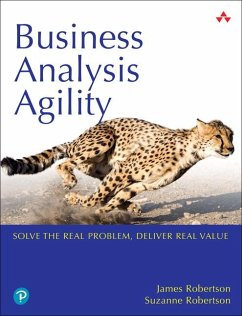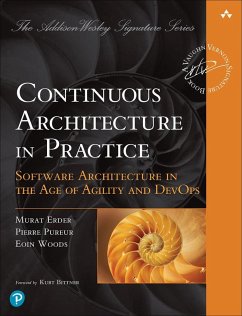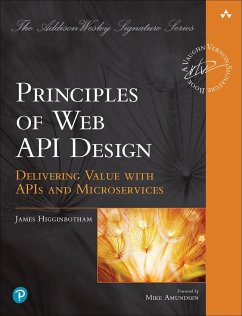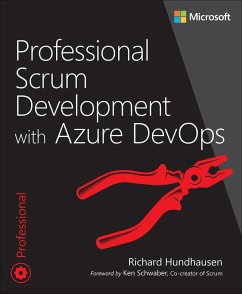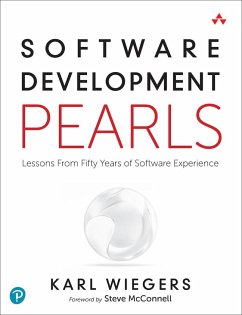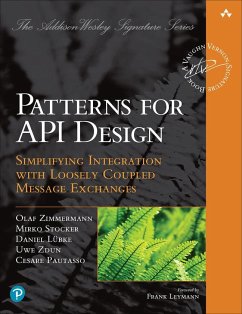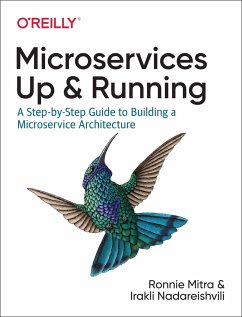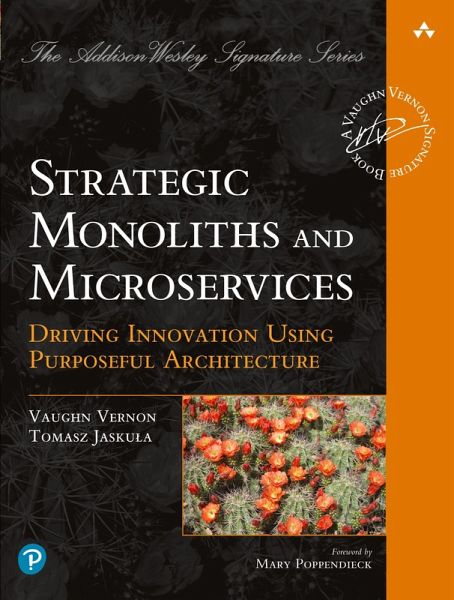
Strategic Monoliths and Microservices: Driving Innovation Using Purposeful Architecture
Versandkostenfrei!
Versandfertig in 1-2 Wochen
25,99 €
inkl. MwSt.
Weitere Ausgaben:

PAYBACK Punkte
13 °P sammeln!
Make Software Architecture Choices That Maximize Value and Innovation"[Vernon and Jaskua] provide insights, tools, proven best practices, and architecture styles both from the business and engineering viewpoint. . . . This book deserves to become a must-read for practicing software engineers, executives as well as senior managers."--Michael Stal, Certified Senior Software Architect, Siemens TechnologyStrategic Monoliths and Microservices helps business decision-makers and technical team members clearly understand their strategic problems through collaboration and identify optimal architectural...
Make Software Architecture Choices That Maximize Value and Innovation"[Vernon and Jaskua] provide insights, tools, proven best practices, and architecture styles both from the business and engineering viewpoint. . . . This book deserves to become a must-read for practicing software engineers, executives as well as senior managers."--Michael Stal, Certified Senior Software Architect, Siemens TechnologyStrategic Monoliths and Microservices helps business decision-makers and technical team members clearly understand their strategic problems through collaboration and identify optimal architectural approaches, whether the approach is distributed microservices, well-modularized monoliths, or coarser-grained services partway between the two. Leading software architecture experts Vaughn Vernon and Tomasz Jaskua show how to make balanced architectural decisions based on need and purpose, rather than hype, so you can promote value and innovation, deliver more evolvable systems, and avoid costly mistakes. Using realistic examples, they show how to construct well-designed monoliths that are maintainable and extensible, and how to gradually redesign and reimplement even the most tangled legacy systems into truly effective microservices.Link software architecture planning to business innovation and digital transformationOvercome communication problems to promote experimentation and discovery-based innovationMaster practices that support your value-generating goals and help you invest more strategicallyCompare architectural styles that can lead to versatile, adaptable applications and servicesRecognize when monoliths are your best option and how best to architect, design, and implement themLearn when to move monoliths to microservices and how to do it, whether they're modularized or a "Big Ball of Mud"Register your book for convenient access to downloads, updates, and/or corrections as they become available. See inside book for details.





